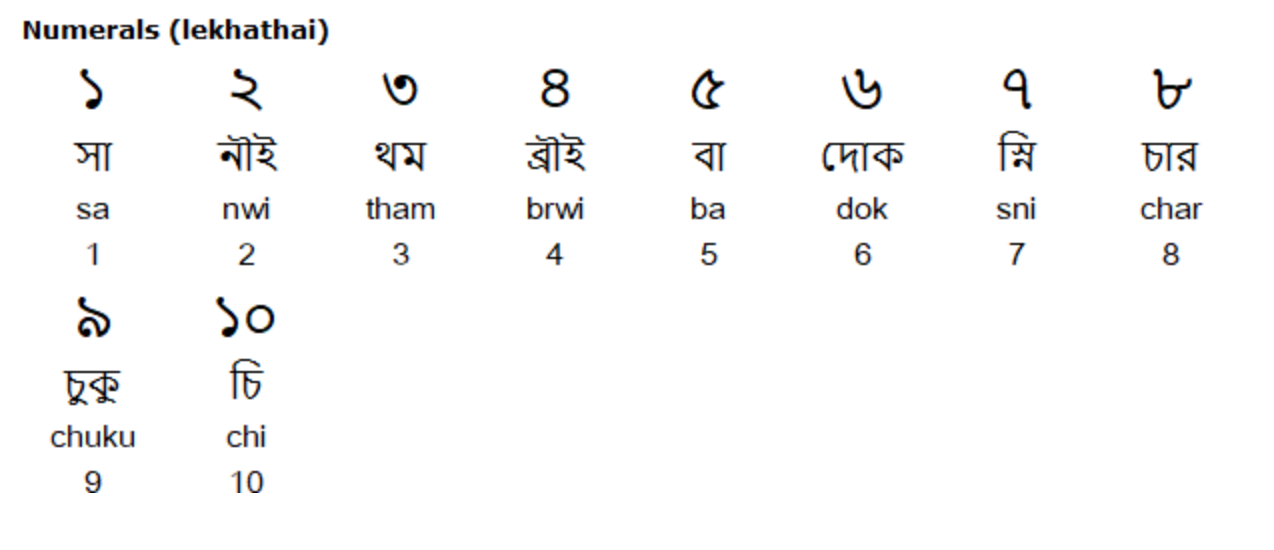
For this dispatch, here's my review for Shaastra Magazine of "Breaking Rocks and Barriers". This is a memoir by the remarkable geologist and mountaineer Sudipta Sengupta. In 2022, I interviewed her for a long article I did on India's scientific endeavours in Antarctica - she was on one of the earliest Indian expeditions to that icy continent. I couldn't wait to read her memoir, and it was a treat. I couldn't get over how she writes about rocks almost as friends, using geological terms in a way that somehow just flows.
(The review appears in the November 2024 issue of Shaastra, here: https://shaastramag.iitm.ac.in/books/solid-rock)
Two ideas seem to have shaped Sudipta Sengupta's memoir. The first, at age 16, when she was interviewed for admission into Jadavpur University. She had come to the interview thinking she would follow in her beloved father's footsteps: she wanted to study physics. But someone on the interview panel asked: "What do you like to do most in your free time?"
"Travel," she said.
"Then you should study geology!" said someone else on the panel. Which she did. On the spot, right there, she switched from physics to geology. That's how one of this country's best-known geologists, all of 16 then, chose her path in life. By confessing to a fondness for travel.
The second, she quotes the geologist Hans Cloos: "We need to have a dialogue with the Earth. Silent rocks remember everything."
It's that spirit that runs like a sleek thread through this book. You can believe Sengupta keeps up that dialogue, talks to rocks, so much so that they are almost her friends. I don't say this flippantly. Many times in the book, Sengupta tosses out names of rocks, or other geological terms, as if they are indeed familiar friends who need no introduction. "Quartzite with some conglomerates" and "quartzose mica schists", "enderbitic gneiss" and "khondalite" - these and more rocks visit her pages all through the book. They are her companions throughout her geological and other travels in India, Scandinavia, Spain, the UK and Antarctica. Famously, she was one of the first Indian women to set foot on that ice-bound continent, intent as always on listening to what the rocks there had to say.
Then there are observations like "The Indian plate is still moving towards the Tibetan plate at a rate of a few centimetres per year". Even if that means little to you and me, it's a geologist's alarm call if there ever was one. Because in some relatively short slice of geological time, what those plates are doing, a few centimetres each year, will manifest itself far more expansively, possibly even disastrously. Yes, that's geological time. Among geologists, "time has an entirely different meaning and is measured in millions of years."
So it's from these rocks, from their "silent" memory of all those millions of years, that Sengupta coaxes all manner of secrets about the planet.
But Sengupta is also a mountaineer, every bit as passionate about climbing as she is about geology. Much of the first half of the book is about mountains, and we get a real and vivid sense of the hardships those who climb them must face. Steep slopes, winds to make you stagger, slippery ground, the cold. Sometimes, leeches.
For me, her encounter with leeches brought back a long-ago memory from a long trek in Madagascar, when my guide glanced at the leech that had drenched my sock in blood. "C'est rien!" he said, waving his hand. "It's nothing!" Similarly, in spelling out her discovery, one evening after a long trek, of leeches grown fat on her blood, Sengupta airily tells us they are essentially harmless creatures. Harmless bloodsuckers.
But with the hardships, of course, there's also exhilaration. Arrive at the goal for the day, climb a particularly difficult stretch, overcome doubts and exhaustion, reach a summit ... even years later, Sengupta savours each such triumph. Though there's also great tragedy. She's part of an all-women team that summits an unclimbed peak in 1970, overcoming treacherous terrain and seriously threatening weather conditions. But on the way down, the two women who reached the peak with her died, and one of their bodies was never found. Sengupta is devastated. Even as she mourns, you sense: she understands all too well that such are the dangers in this passion she pursues so diligently. Yet can she let them separate her from her passion?
There's tragedy in her geological travels too. On her second trip to Antarctica in 1989, four colleagues die of carbon monoxide poisoning in their tent. Naturally, Sengupta and the rest of the Indian team are reduced to "a state of mental disarray." For two days, she and two colleagues can't stop "talking about the deceased." Eventually, still aching from the loss, Sengupta resumes her conversations with her rocks. It was "the only way to divert my mind", she writes. And she is "soon rewarded": she finds "mafic and ultramafic rocks" that suggest "minerals formed at a great depth under the Earth's crust."
Somehow it's clear, as it is elsewhere in the book that Sengupta sprinkles geological terms. I really don't need to know what "mafic and ultramafic rocks" are. For I understand what they mean to Sudipta Sengupta, and that they will help her push the frontiers of geology ever outwards.
That's good enough for me. For indeed, that's the glowing spirit of this always fascinating memoir.
















Write a comment ...